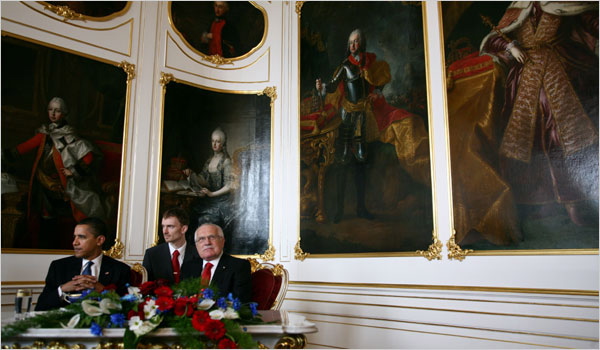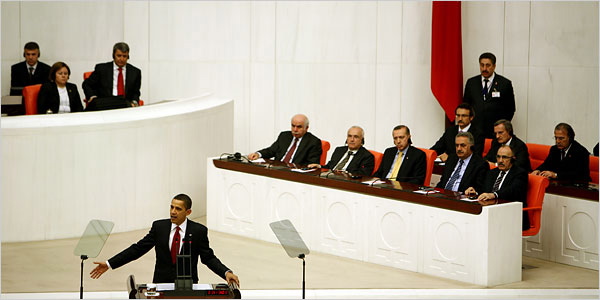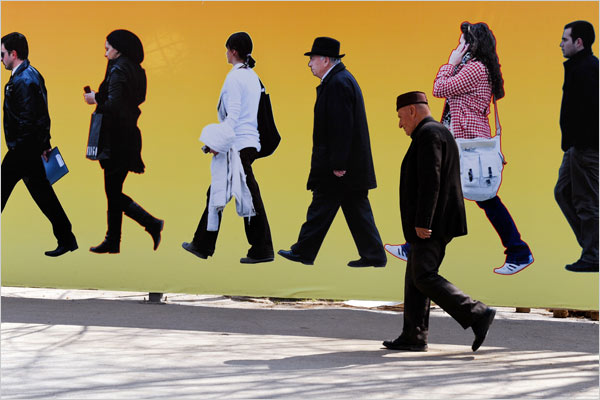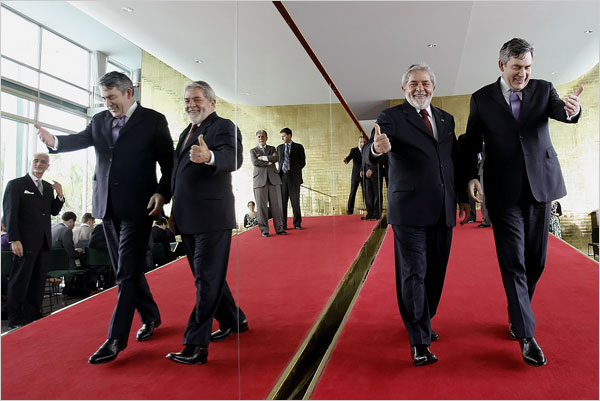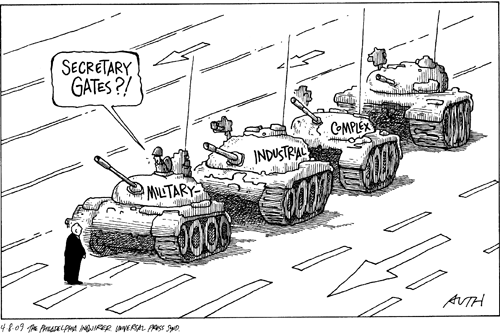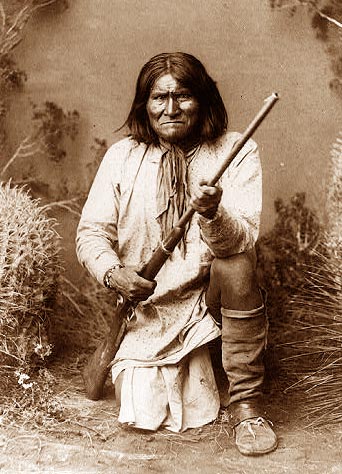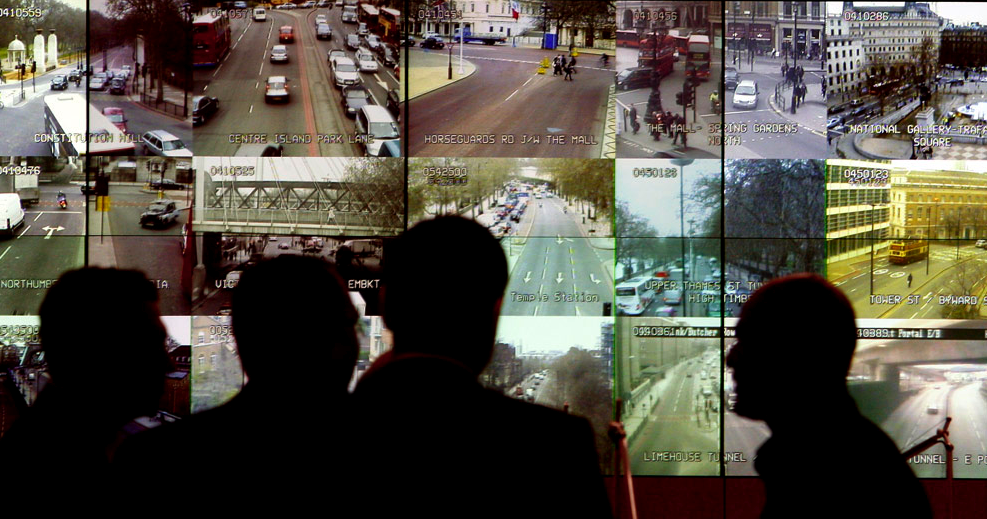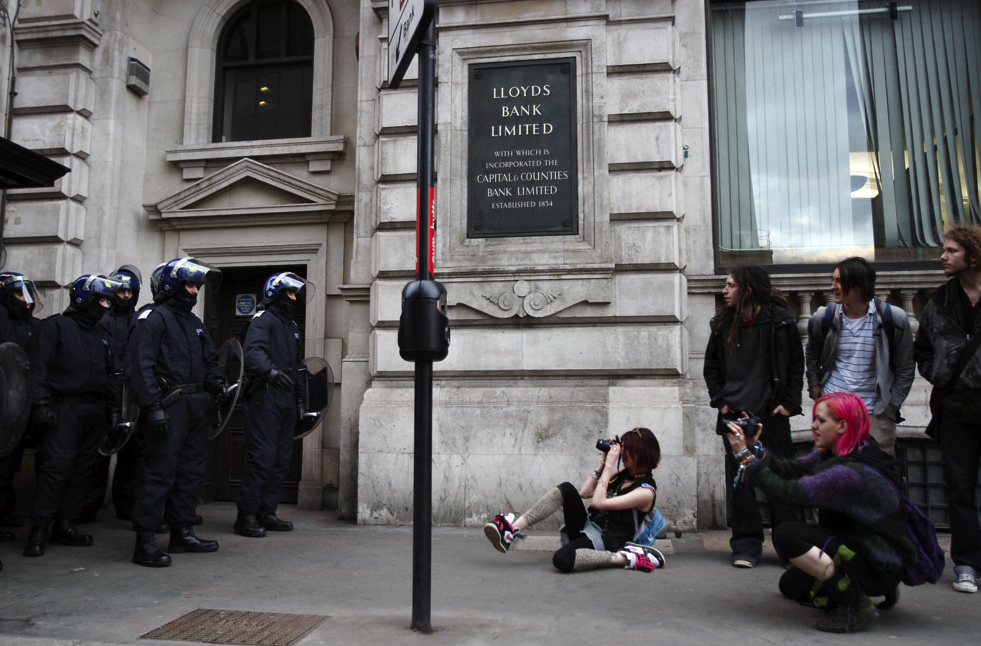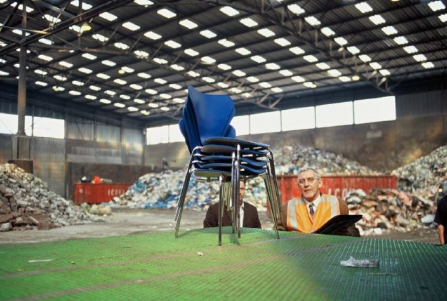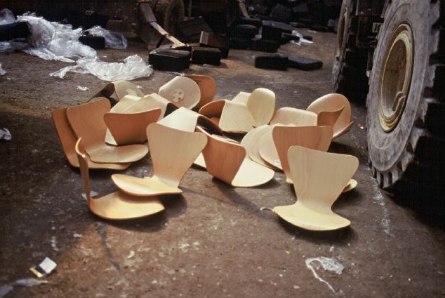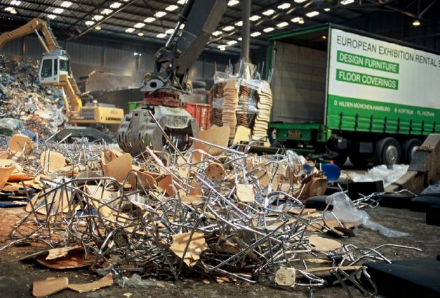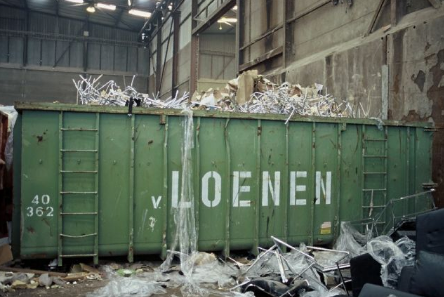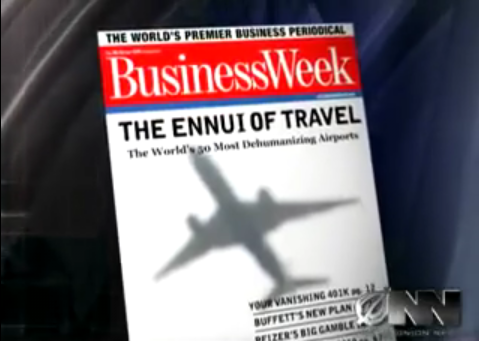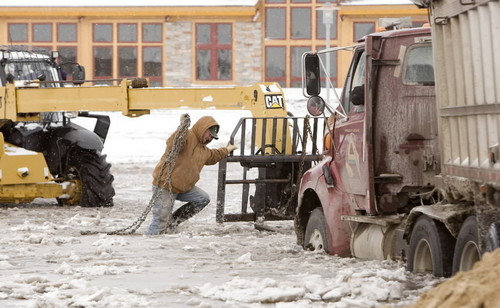By guest correspondent Elisabeth Ross
When President Barack Obama returned last week from his first official visit to Europe, a flurry of photographs documented the enthusiastic reception by a welcoming European public. During the trip, Obama spoke of mending relationships and of the need for adjustments and self-reflection on both sides in order to rebuild an alliance between Europe and the United States that would withstand the demands of the 21st century.
The new millennium had been marked by the souring of relations with European allies under the Bush administration, a deterioration memorably accelerated by then Defense Secretary Donald Rumsfeld’s 2003 dismissal of France and Germany as “old Europe” for their opposition to the Iraq war.
Two recent images from Obama’s trip speak to the question of an old and new Europe and to why Rumsfeld got it all wrong.
The first image shows President Obama meeting with president Vaclav Klaus of the Czech republic, a country Rumsfeld would presumably have us believe is part of the “new” Europe, given its relatively recent NATO membership. But the two leaders, off-center and passive, are dominated in the frame by the towering portraits adorning the walls of Prague Castle. The portraits appear to challenge the authority of the diminutive figures beneath them. These rulers from the past bear all the trappings of their nobility: from rich robes and furs to powdered wigs and armor, their imposing presence a reminder of centuries of Austria-Hungarian dominance in the region.
The new media of press photography highlights here the assertive presence of old media, and the ceremonial portraiture recalls Jürgen Habermas’ description of representative publicness, which relied on “demonstrations of grandeur”: the staging of authority and status before a public which was excluded from participation.
The stage is entirely different in a second image that appeared the next day when Obama addressed the Turkish parliament in Ankara:
Against a sheer white background, Obama is an animated speaker before an attentive audience; the listeners behind him reciprocate his style of dress and hold their focus on him in a neutral stance. Even the Turkish flag, unceremoniously cropped, with its crescent moon and star hidden by its own red folds, appears deferential, as if too shy to do its work.
Whereas the past dominated the Prague photograph, here the bare walls represent a clean slate. Turkey is, after all, seeking admission into the European Union, a process begun years ago and a prospect that arouses deep anxieties among EU member nations. Rather than emphasize a glorious past, the photograph presents the democratic basis for a new era of statehood.
Obama praised Turkey for its strong secular democracy and promised to support its bid for EU membership. Much has been made of the so-called European identity crisis, in particular when it comes to fears over the admission of a majority Muslim country into the EU. These contrasting images speak to how to define Europe – old and new – and, of course, other players on this stage as well. By reading between the images, old media and new media work together to reveal the complicated portrait of a union of states which, like the US, defies simple representation.
Photographs by Todd Heisler/The New York Times. Elisabeth Ross is a graduate student in the program in Rhetoric and Public Culture, Department of Communication Studies, Northwestern University. You can contact Elisabeth at e-ross@northwestern.edu.
